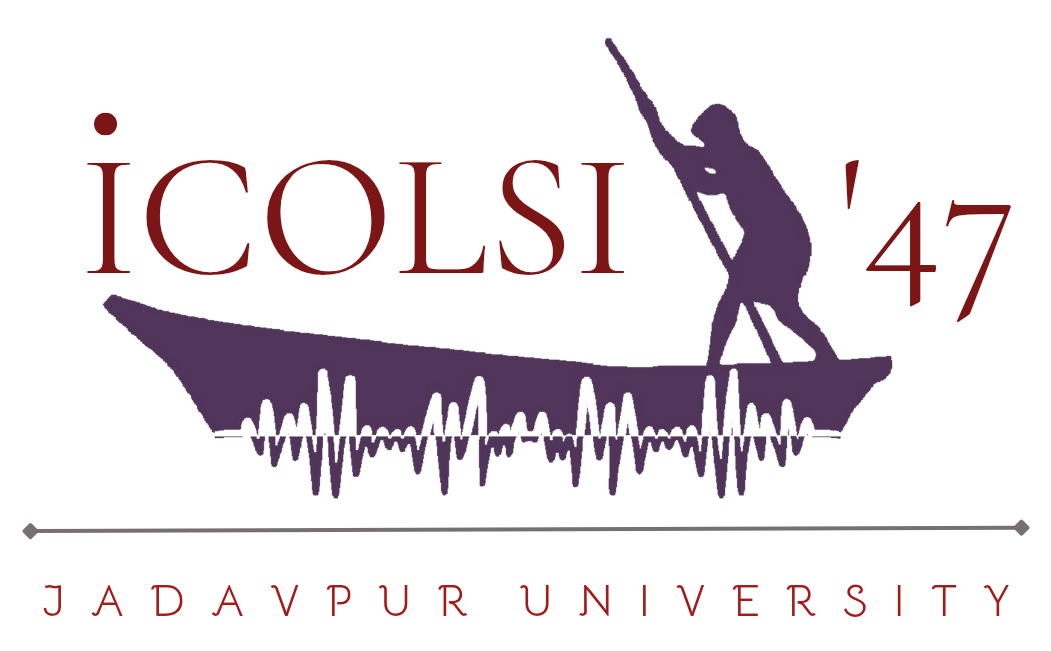
ICOLSI-47
47th International Conference of the Linguistic Society of India
Pertinacious opacity & asymmetry in phonological grammars
12th November 2025
Keynote address by Professor Aditi Lahiri CBE FBA Research Professor of Linguistics, Centre for Linguistics and Philology University of Oxford
Abstract
Variability in word production is pervasive, less so perhaps in perception. Nevertheless, phonological grammars of the speaker and the listener must maintain a level of harmony for the rapport between them to be sustained. Against the age-old wisdom that language constantly changes, and that phonological change in particular is inevitable given that speakers’ and hearers’ objectives are antagonistic (ease of articulation vs. clarity of the message), we take the view that phonology is pertinacious and changes are rigidly constrained. The principle of Pertinacity allows us to elucidate the expectations and to understand the reasons behind the WHYs and WHY NOTs of phonological change.
We take the view that phonology is pertinacious and changes are rigidly constrained. The principle of Pertinacity allows us to elucidate the expectations and to understand the reasons behind the issues of the WHYs and WHY NOTs of phonological change. In this talk, on examining (i) regular phonological changes ensuing from synchronic alternations, (ii) phonological adaptations of loanwords, and (iii) experimental evidence from language processing of L1 and L2 speakers, we find that phonological grammars do constrain word production and comprehension as well as how they changes through generations. On such evidence, drawing on a variety of languages including Bengali, Dutch, English, German and Norwegian, we are further fleshing out the notion of Pertinacity as a principle defining variability as well as its limitations.


